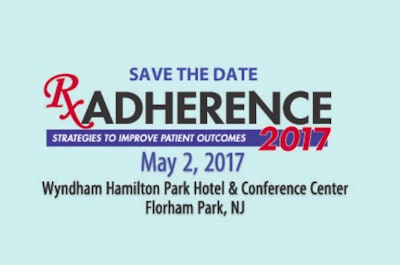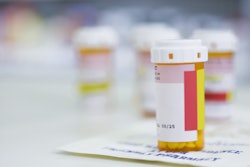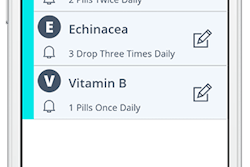
Over 80% of emergency department (ED) visits for unintentional medication poisonings among children under the age of 12 are due to unsupervised children taking medications on their own, and 10% of ED visits in this age group are due to medication errors, according to the National Electronic Injury Surveillance System-Cooperative Adverse Event Surveillance System (NEISS-CADES) project.
Accidents do happen, but as Daniel Budnitz, MD, MPH, CAPT USPHS, Director, Medication Safety Program, Division of Healthcare Quality Promotion, Centers for Disease Control and Prevention, will highlight at RxAdherence2017 next week, there are improvements that can be made in medication packaging that can reduce accidental exposure due to unsupervised medication ingestions. He will also explain how changes in packaging and labeling can assist parents and other caregivers in reducing medication errors.
Using smart technology and unit dosing to improve safety
Proper medication packaging has been proven to reduce accidental exposure to young children. How will technology (smartphones, wireless capabilities, etc.) play a role in reducing risks, or are the benefits derived more from physical package design and labeling?
You can now text "POISON" to: 797979 to save the poison control contact information in your smartphone to have at your fingertips wherever you are. “But of course, we prefer to avoid the need to call a Poison Center and physical package design can provide such primary prevention,” Dr. Budnitz says. “For example, traditional child-resistant caps and bottles work well if used correctly at all times; however, if a parent or caregiver forgets to replace the cap or does not close the cap completely, it is easy for even a young child to get into the medicine. On the other hand, unit-dose child-resistant packaging of pills keeps a safety barrier around each pill individually until the moment it is used. An adult does not have to remember to replace a cap and close it completely to keep child protection around the remaining pills.”
Dr. Budnitz offers an example. The medication buprenorphine/naloxone was the number one cause of hospitalizations for accidental medication ingestions in young children. However, after the primary manufacturer of the product switched formulation and changed the packaging to unit-dose packaging, emergency visits for accidental medication ingests declined 65% (Morbidity and Mortality Weekly Report, October 21, 2016, pages 1148-9).
Better labeling choices
The patient-centric approach, where more patients are being treated by caregivers outside of traditional clinics and hospitals, has brought greater demand for proper labeling.
Dr. Budnitz explains that a labeling choice to reduce medication errors is to use only milliliters (mL) for dosing instructions and dosing device markings for pediatric oral liquid medications. “These changes assist caregivers in several ways. First, it reminds caregivers not to use silverware (teaspoons or tablespoons) which are not accurately calibrated to measure medication. Labeling with measuring units of mL only also prevents caregivers from accidentally mixing up tablespoons and teaspoons to give medicine.” (He notes that a tablespoon is generally 3x bigger than a teaspoon so mix-ups can lead to 3-fold dosing errors). “Finally, when the dosing device packaged with the medication has the same dose amounts and units as the dosing instructions it simplifies medication administration for caregivers.”
Now in its 24thyear, RxAdherence2017 is an educational event hosted by the Healthcare Compliance Packaging Council (HCPC) with a focus on patient adherence and packaging that prompts compliance. The conference will take place at the Wyndham Hamilton Hotel & Conference Center in Florham Park, New Jersey and includes speakers from a wide spectrum of the healthcare industry. To view the agenda and registration information, click here.>>>





















